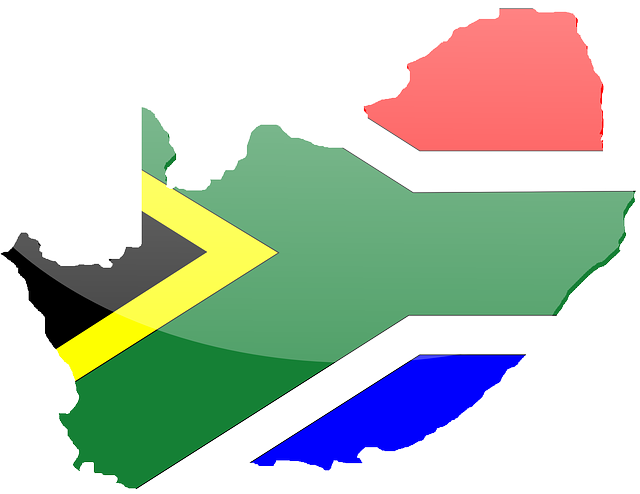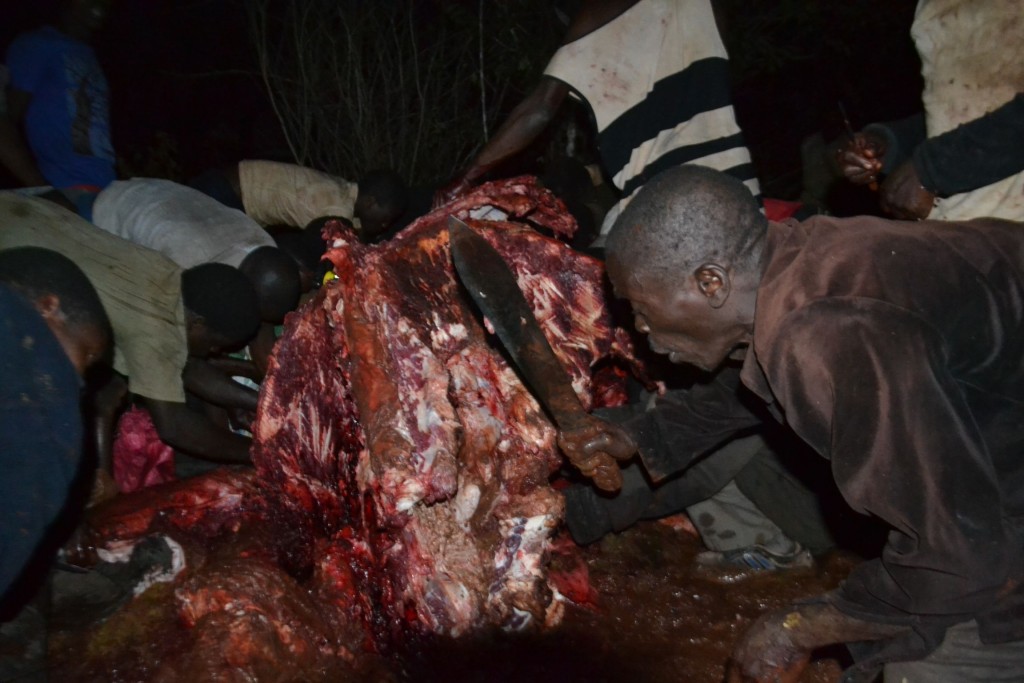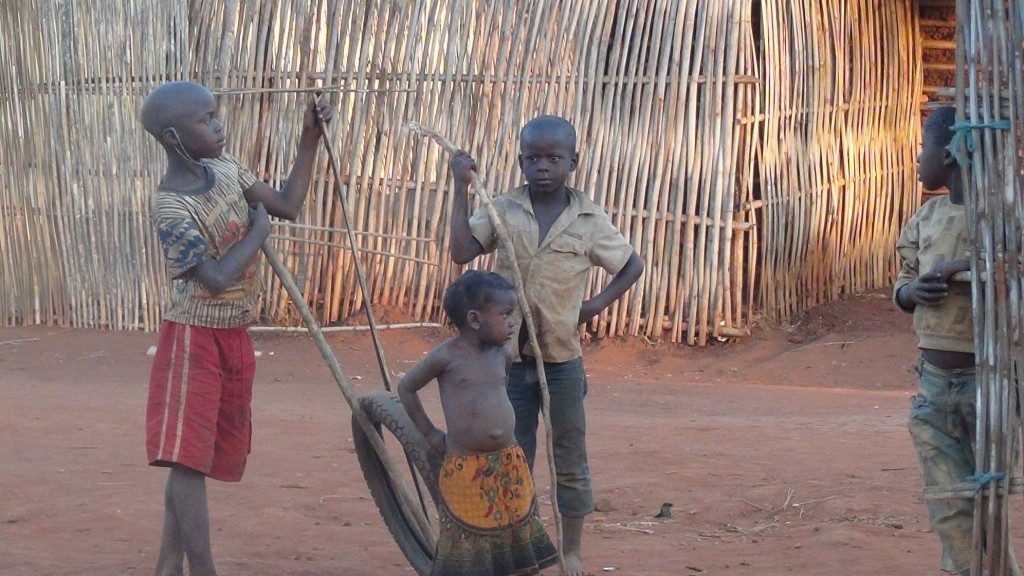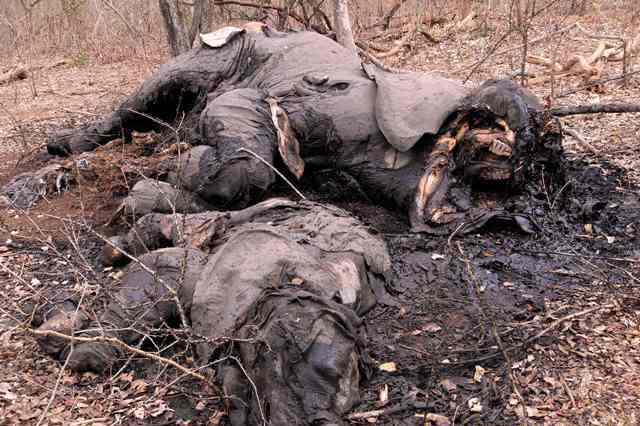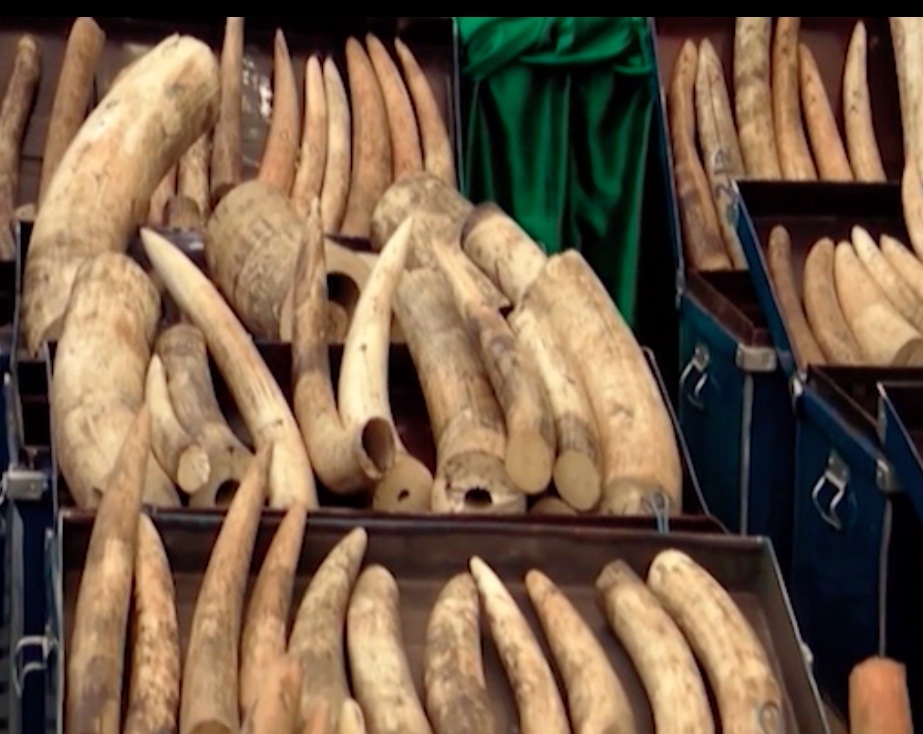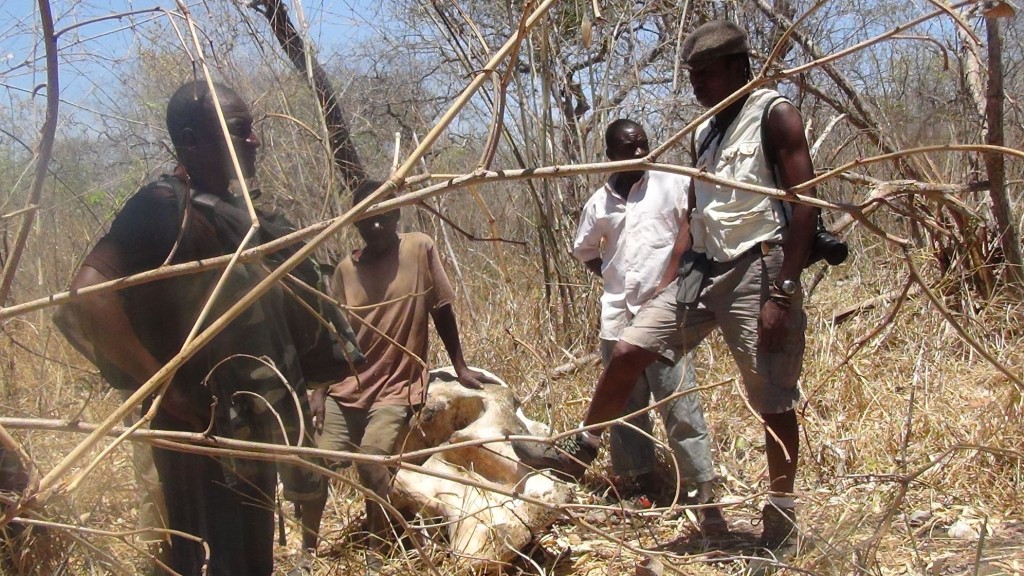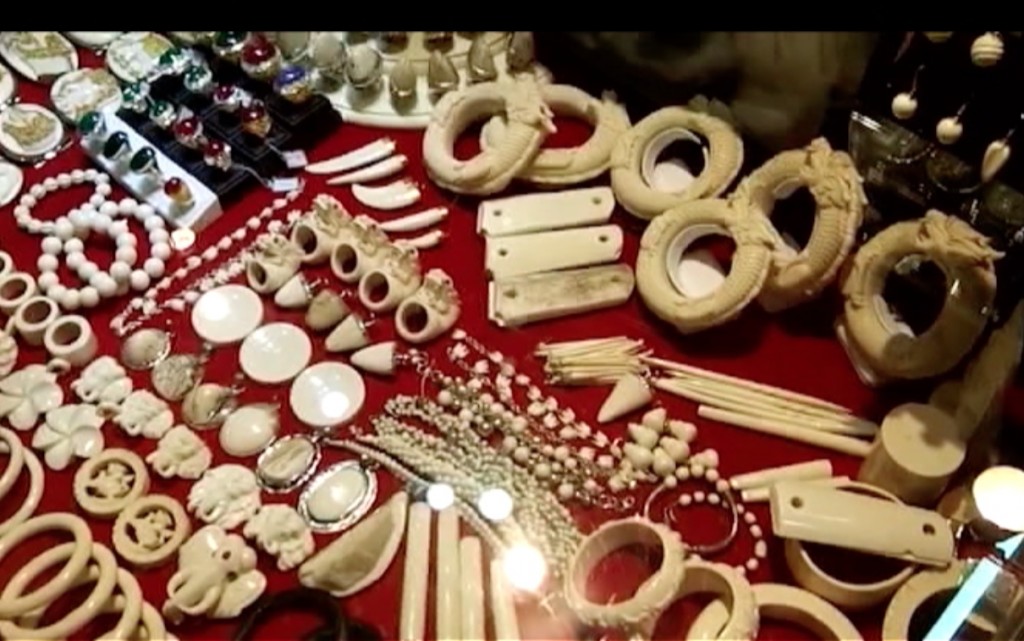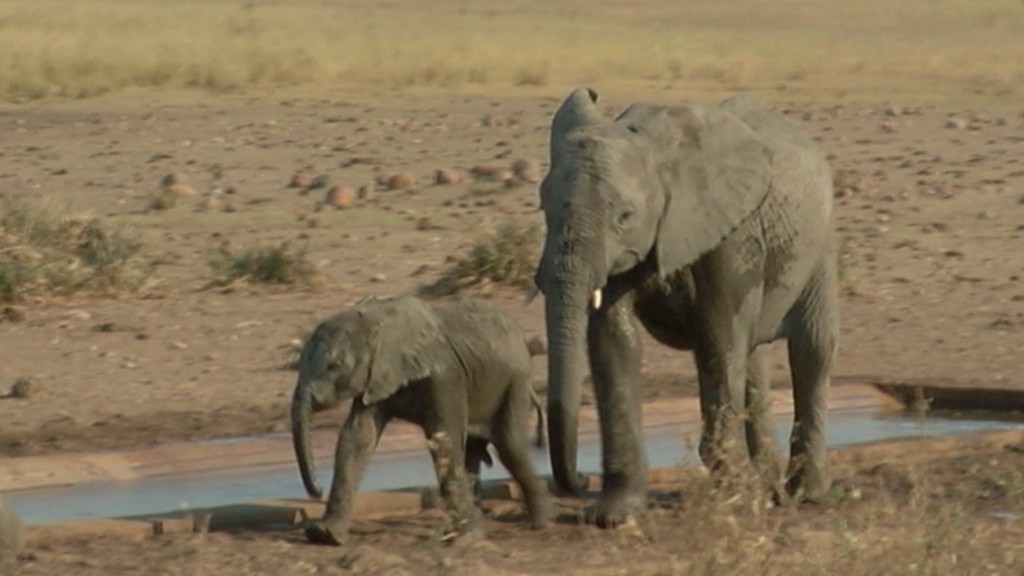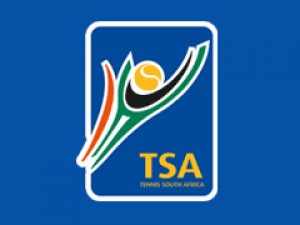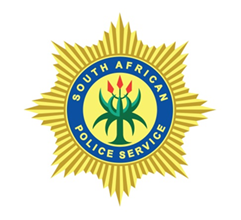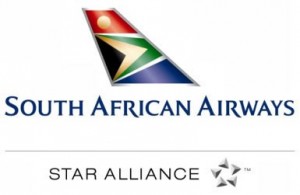“Beware the Avalanche (Part 1)”
A Special Assignment investigation.
There are many myths about ‘indlovu’, the elephant, whose size and majesty make it invincible except to man’s cruelty and greed. In African fables it is the wise ancestral chief; in life, deserving respect; in death, dignity and a burial befitting a chief.
But Africa’s elephants are again under siege. Despite the 1989 international ban on the ivory trade, poaching is on the rise, fed by an insatiable demand in Asia. In the last three years alone, over a hundred thousand have been poached. Today, the number of elephants slaughtered exceeds the elephant’s birthrate. Their very survival is therefore being threatened. As the trade moves from Central and East Africa into Southern and South Africa, conservationists have warned of an ivory avalanche…
Tragically, the avalanche is already here.
This week, Special Assignment broadcasts the first of a three-part investigation into the poaching scourge afflicting Northern Mozambique, from Tanzania – where the elephant population has been drastically depleted – and into South Africa. To date, South Africa has been regarded as an elephant conservation stronghold, with only two reported incidents of ivory poaching in 2014, since 2004. It should be recalled, however, that in 2007 only 13 rhino were poached, compared to a staggering 1 215 in 2014. We would therefore be foolish to believe that South Africa will be spared the elephant carnage taking place up north.
But apart from demand, what drives poaching in countries like Mozambique and Tanzania, before it reaches overseas markets?
Special Assignment was contacted by Estacio Valoi, an investigative journalist, to partner with him on an ivory poaching story. Valoi has worked with FAIR and the Oxpeckers Investigative & Environmental Centre, extensively investigated the poaching of Mozambique’s natural resources and wildlife.
Together with Valoi, we investigate the source of the poaching scourge in the provinces of Cabo Delgado and Niassa. It is a hazardous and risky assignment. For example, in Cabo Delgado, we conduct an undercover operation with a poaching middleman that goes wrong. We meet several poachers – the men who actually shoot the elephants – and learn that at the bottom of the poaching hierarchy- ironically, in this multimillion rand business – there are no wealthy poachers. They remain the poorest of the poor. We also investigate the contestation around habitat that has intensified conflict between the wildlife and rural communities. This conflict has been exacerbated by Mozambique’s military history and exploited by officials who seem unable – or unwilling – to stop the slaughter. And horrifyingly, we witness – first hand – the complicity of impoverished communities in the hunting, slaughter and poaching of this majestic beast. In the absence of political will to effectively tackle the scourge, the slaughter will continue unabated. And unless the complexities and contradictions of the supply chain are adequately addressed, there is no hope of stopping the ivory avalanche.
‘BEWARE THE AVALANCHE (PART ONE)’ is produced by Hazel Friedman and filmed by Sam Msibi.
It will be aired on Sunday on SABC 3 at 20:30PM. Repeated Mondays at 23:30PM.
